Athearn Genesis presents the ATHG75635 SD60M Tri-Clops in HO Scale. This locomotive, numbered UP Union Pacific #2367, comes with DCC & Sound features. The UP version showcases the late red sill era, front illuminated number boards, front ditch lights, and road number - specific details. There are 4 paint variations to choose from! To make space for new locomotives, UP renumbered and sometimes repainted their aging SD60M fleet. These units with red - stripe sills operated until the mid - 2000s before the full adoption of yellow stripes. Some fully repainted units got the 'Lightning Stripe' scheme with nose wings. Each road number has unique features. For example, #2367 has a standard UP repaint with a small UP shield, a large EMD style plow, and a firecracker antenna. The SD60M 'Tri - Clops' series locomotive is packed with great features like coupler cut levers, flexible hoses, and detailed fuel tanks. It also has DCC - ready Quick Plug™ technology. The primed for grime models mimic 'In Service' equipment and are perfect for adding grime and rust. Sound - equipped models come with an onboard DCC decoder, dual cube speakers, and operate in both DC and DCC. The prototype of the SD60M dates back to 1984 when EMD introduced the SD60, and in 1989, the SD60M with the 'Tri - Clops' cab was born. Union Pacific was the first to order these locomotives.
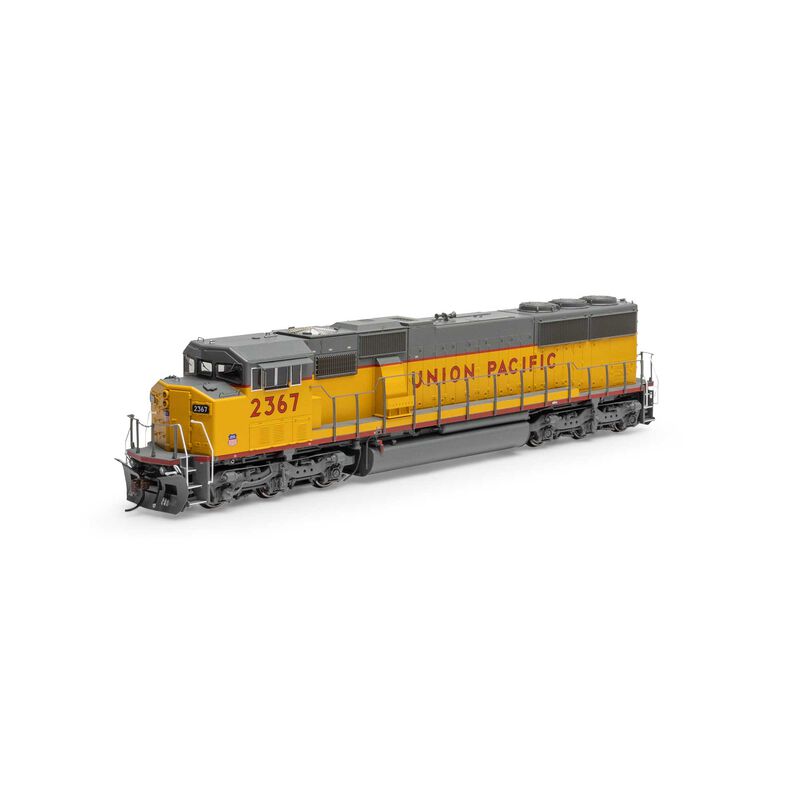
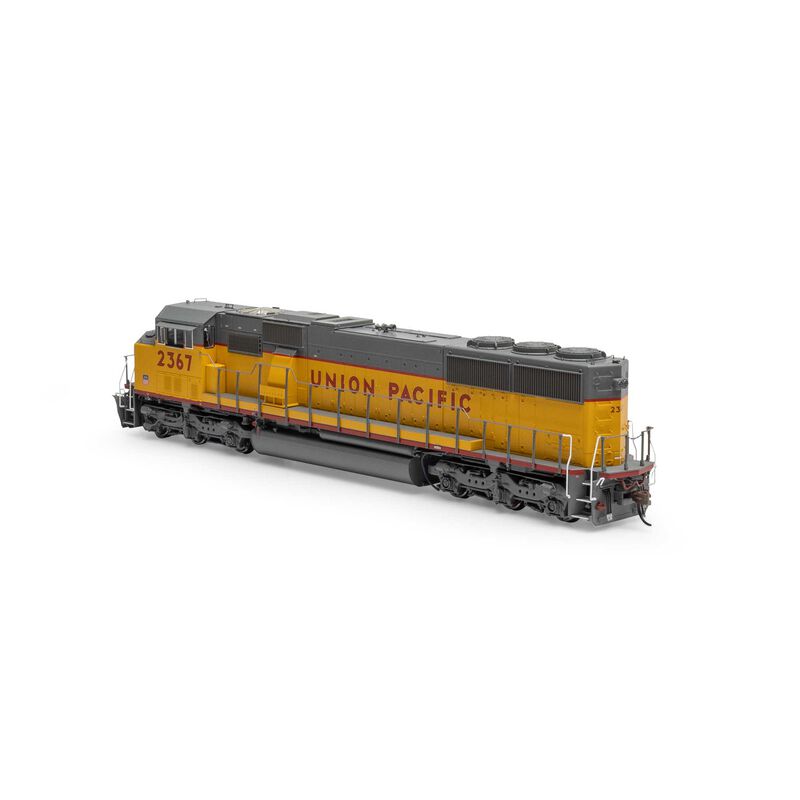
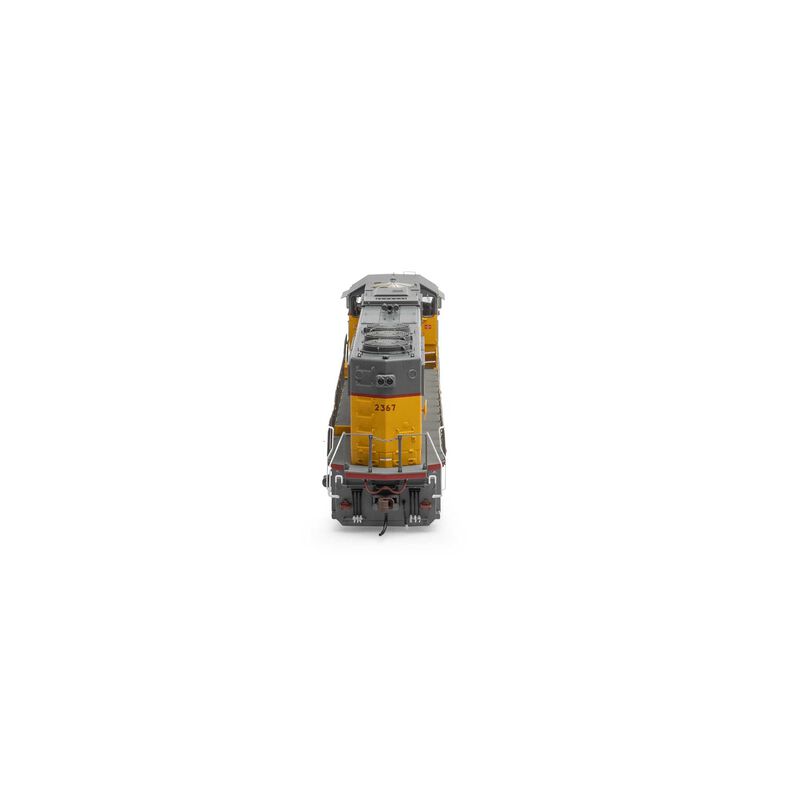

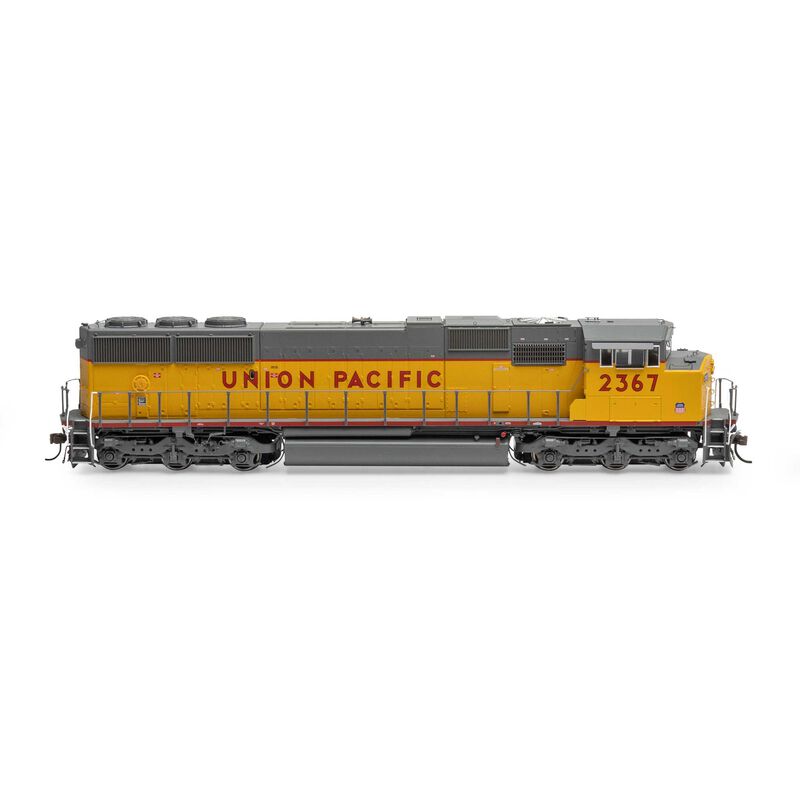
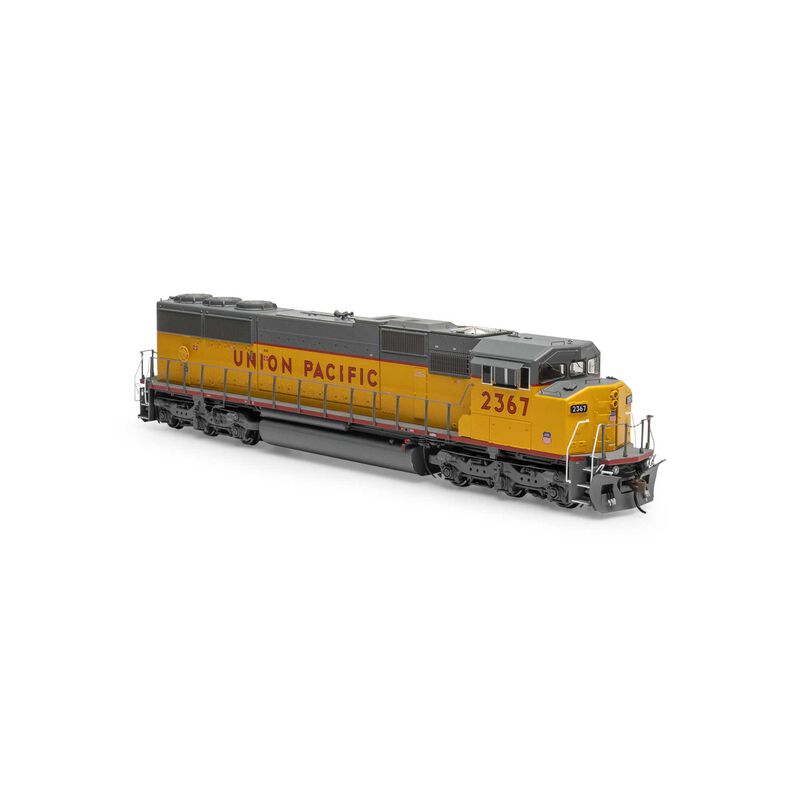
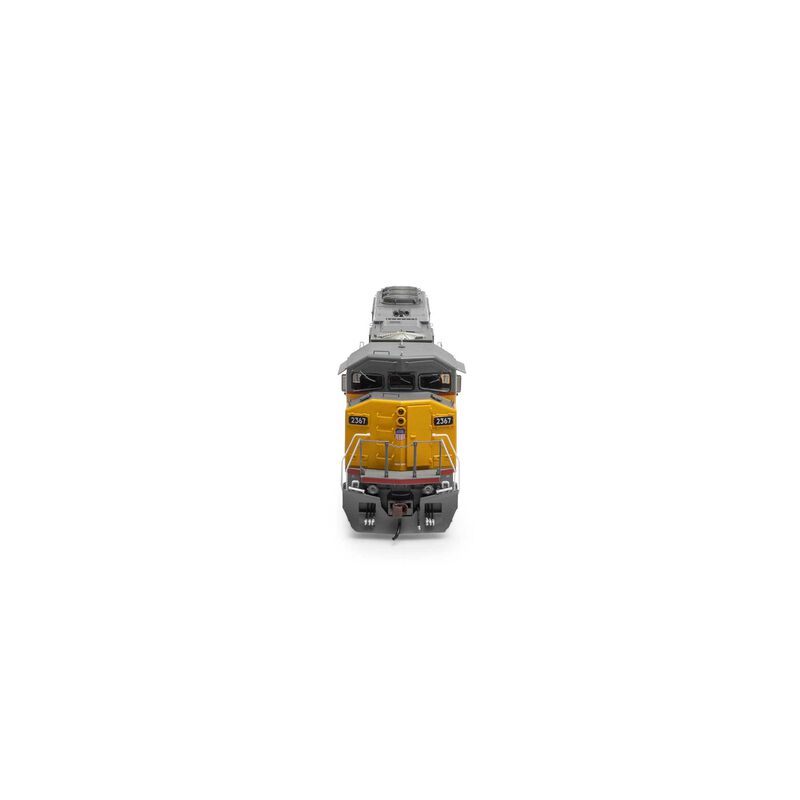
Using this Athearn SD60M Tri - Clops locomotive is a breeze. First, make sure your track has the right radius - the minimum is 18 inches, but we recommend 22 inches. If you're using the DCC - equipped version, connect it to your DCC system using the Quick Plug™ plug - and - play technology with the 21 - pin NEM connector. For sound - equipped models, in DC mode, you can enjoy engine, horn, and bell sounds. In DCC mode, all full DCC functions are available. When it comes to maintenance, keep the locomotive clean. Use a soft, dry cloth to wipe off dust from the body, handrails, and other parts. Check the wheels regularly to ensure they roll smoothly and there's no debris stuck in them. The electrical pickups on the wheels should also be kept clean for reliable current flow. If you're working with the primed for grime models and want to add more details like grime and rust, use appropriate model - making paints and techniques. Store the locomotive in its original packaging to keep it safe and protected.









